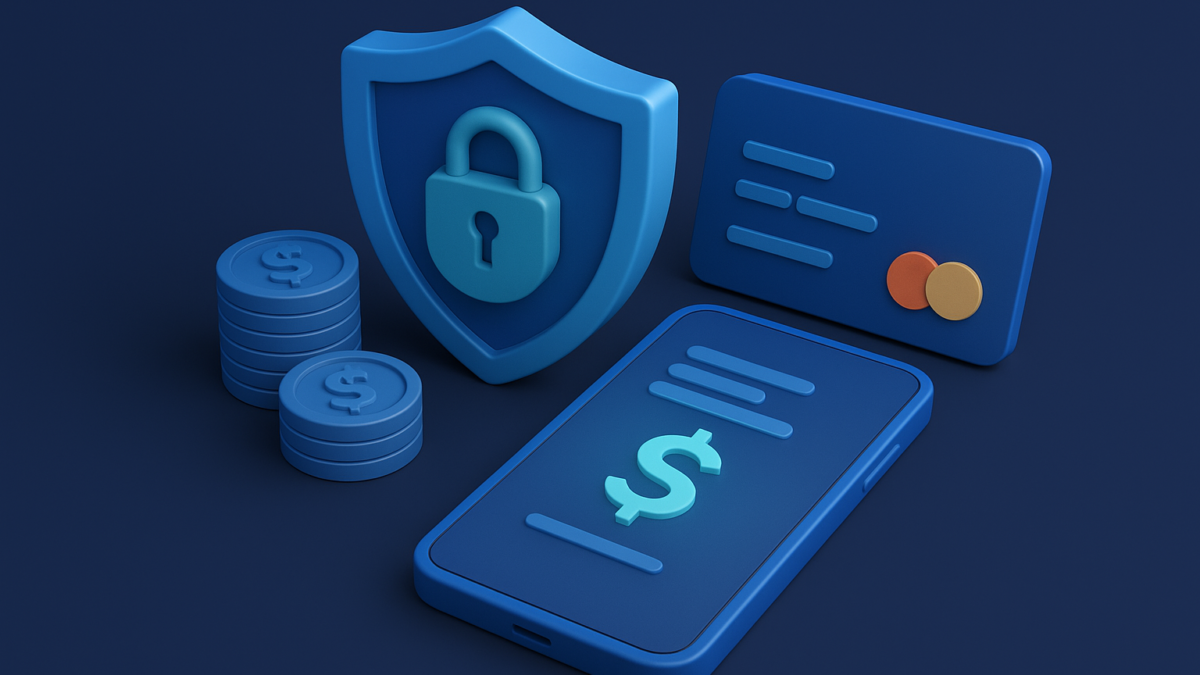FinTech Meets Cybersecurity: Protecting Digital Transactions in 2025
Table of Contents
The world of finance has gone digital. From mobile wallets and crypto exchanges to instant cross-border payments FinTech is reshaping how money moves. But with innovation comes risk.
In 2025, as billions of digital transactions take place daily, cybersecurity has become the cornerstone of trust in FinTech. A single breach can erode customer confidence and damage reputations overnight. The question isn’t whether cyber threats exist it’s how FinTech companies can stay one step ahead.
Why Cybersecurity Is Critical for FinTech in 2025
- Explosion of Digital Transactions – Global digital payments are projected to surpass $15 trillion by 2025.
- Target for Hackers – FinTech platforms hold sensitive financial and personal data, making them prime targets.
- Regulatory Scrutiny – Governments and regulators demand stronger compliance with GDPR, PCI DSS, and new AI-driven data privacy laws.
- Customer Expectations – Users demand both convenience and security—any compromise risks losing them to competitors.
Major Cyber Threats Facing FinTech Today
- Phishing & Social Engineering
Cybercriminals are using increasingly sophisticated techniques to trick customers into revealing sensitive information. - Ransomware Attacks
Hackers encrypt financial data and demand payment, threatening business continuity. - API Vulnerabilities
As FinTech apps integrate with third parties (banks, wallets, payment processors), unsecured APIs become weak points. - Cryptojacking & DeFi Exploits
With blockchain and crypto platforms, bad actors exploit smart contract vulnerabilities and steal digital assets. - Insider Threats
Employees or contractors with access to systems remain a major but often overlooked risk.
Cybersecurity Innovations in FinTech
AI-Powered Fraud Detection
AI algorithms analyze transaction patterns in real time to flag anomalies, reducing fraud by detecting threats before they escalate.
Multi-Factor & Biometric Authentication
From fingerprint scans to voice recognition, biometric authentication adds a human-proof layer of security.
Zero-Trust Architecture
Instead of assuming internal systems are safe, every access request is verified—reducing insider risks.
Blockchain for Security
Beyond crypto, blockchain is being used to create tamper-proof ledgers for secure, transparent transactions.
Secure Cloud Infrastructure
As FinTech companies scale on cloud platforms, end-to-end encryption and secure DevOps practices ensure resilience.
How FinTechs Can Protect Digital Transactions
- Adopt Proactive Risk Management
Continuous penetration testing and red-team exercises to stay ahead of hackers. - Invest in Cybersecurity Talent
Building in-house expertise or partnering with specialists ensures evolving protection. - Customer Education
Training users on phishing risks and secure digital habits. - Collaboration With Regulators
Proactive compliance and transparent communication build trust and reduce penalties. - Leverage Content Syndication & Thought Leadership
Sharing insights on security practices through content syndication helps position FinTech brands as trusted partners in security, not just service providers.
Case Study Example
In 2024, a leading mobile payment provider integrated AI-based fraud detection across its platform. The result?
- Fraudulent transactions dropped by 40%.
- Customer trust scores rose by 25%.
- The company reported higher adoption rates due to its “security-first” brand positioning.
This highlights that cybersecurity is not just an IT function—it’s a competitive advantage.
The Future of FinTech + Cybersecurity
Looking ahead, expect deeper collaboration between FinTechs, cybersecurity firms, and regulators. AI and quantum-safe cryptography will play pivotal roles, ensuring transactions remain secure in an increasingly hostile digital environment.
The winners in 2025 and beyond will be those who treat cybersecurity as a core business strategy, not just a compliance requirement.
Conclusion
As FinTech continues to disrupt traditional finance, cybersecurity remains the foundation of trust and growth. In 2025, protecting digital transactions isn’t just about technology it’s about preserving customer relationships and ensuring long-term success.
You May Also Like: Quality Over Quantity: The New Rules of B2B Lead Generation





